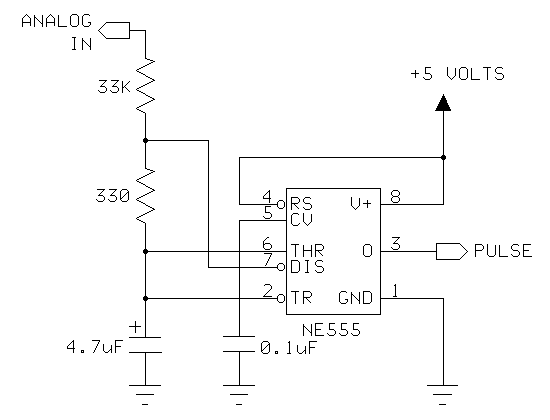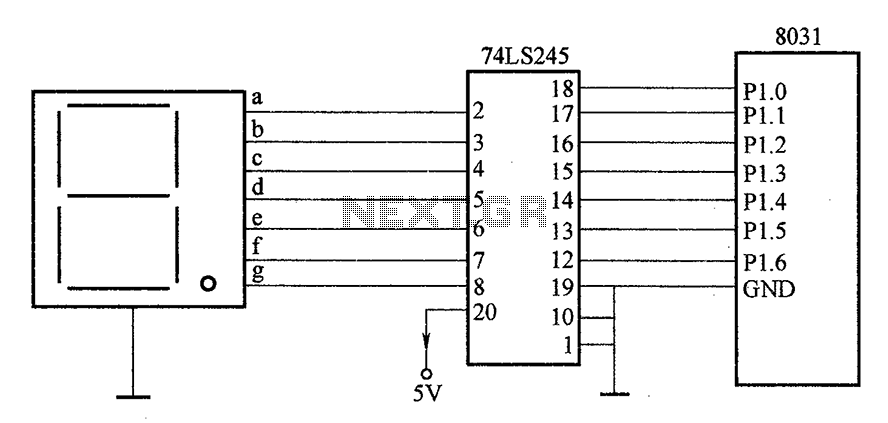
Digital Bike Tachometer

This digital DIY tachometer for bicycles utilizes two reed switches to obtain speed information. The reed switches are positioned near the rim of the wheel.
The digital DIY tachometer circuit is designed to provide accurate speed measurements for bicycles by leveraging the operation of reed switches. The two reed switches are strategically located near the wheel rim, where they can detect the passing of a magnet attached to the wheel. As the bicycle moves, the magnet passes by the reed switches, causing them to open and close in response to the magnetic field.
The output from the reed switches is fed into a microcontroller, which processes the signals to calculate the rotational speed of the wheel. The microcontroller is programmed to count the number of times the reed switches are activated within a specific time frame, allowing it to compute the speed of the bicycle in real-time.
To enhance usability, the tachometer may include an LCD display that shows the current speed, average speed, and distance traveled. Power for the circuit can be supplied by a small battery, ensuring that the system remains lightweight and portable.
Additional features may include the ability to set different wheel sizes for accurate speed calculations, as well as a reset function to clear the distance traveled. The circuit should be designed with proper filtering and debouncing techniques to ensure reliable readings, minimizing errors from false triggers caused by vibrations or noise from the environment.
Overall, this DIY tachometer provides a practical solution for cyclists seeking to monitor their speed and performance on the road.This digital DIY tachometer for bikes uses two reed switches to get the speed information of the bicycle. The reed switches are installed near the rim of.. 🔗 External reference
The digital DIY tachometer circuit is designed to provide accurate speed measurements for bicycles by leveraging the operation of reed switches. The two reed switches are strategically located near the wheel rim, where they can detect the passing of a magnet attached to the wheel. As the bicycle moves, the magnet passes by the reed switches, causing them to open and close in response to the magnetic field.
The output from the reed switches is fed into a microcontroller, which processes the signals to calculate the rotational speed of the wheel. The microcontroller is programmed to count the number of times the reed switches are activated within a specific time frame, allowing it to compute the speed of the bicycle in real-time.
To enhance usability, the tachometer may include an LCD display that shows the current speed, average speed, and distance traveled. Power for the circuit can be supplied by a small battery, ensuring that the system remains lightweight and portable.
Additional features may include the ability to set different wheel sizes for accurate speed calculations, as well as a reset function to clear the distance traveled. The circuit should be designed with proper filtering and debouncing techniques to ensure reliable readings, minimizing errors from false triggers caused by vibrations or noise from the environment.
Overall, this DIY tachometer provides a practical solution for cyclists seeking to monitor their speed and performance on the road.This digital DIY tachometer for bikes uses two reed switches to get the speed information of the bicycle. The reed switches are installed near the rim of.. 🔗 External reference





